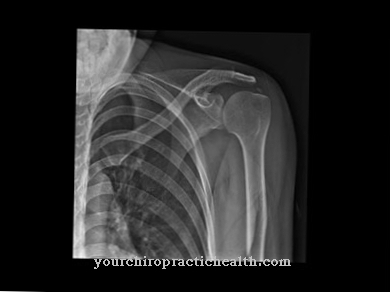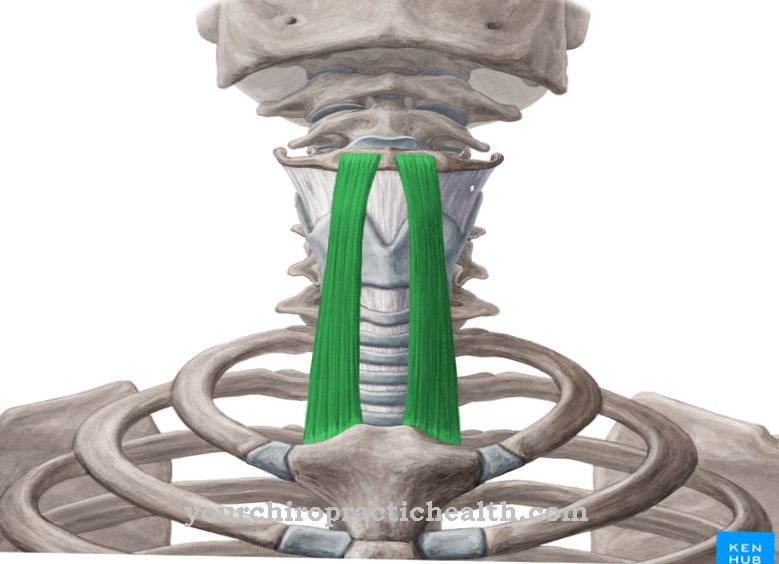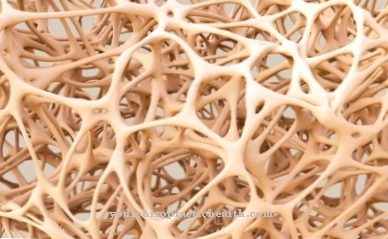Of the Hallux Valgus (bunion) - one of the most common foot misalignments in western cultures. In the course of the disease, toe misalignment occurs; especially the big toe.
What is hallux valgus (bunion)?
.jpg)
The term hallux vagus (bunion) is the medical term for a misalignment of the so-called big toe facing the outside of the foot.
Depending on the patient, the deformity associated with hallux valgus (bunions) can primarily affect different parts of the metatarsal bones.
What is common to the hallux valgus (bunion) appearance, however, is the protrusion of the metatarsal head towards the inside of the foot. The course of the extensor tendons is impaired by the presence of the hallux valgus (bunion) and can thus further promote the malposition.
causes
There are many possible causes for the occurrence of hallux valgus (bunions): Doctors assume, among other things, hereditary factors that can increase the risk of developing hallux valgus (bunion).
Hereditary factors of this kind can be, for example, weak connective tissue that can support the muscles and bones of the foot less well. This factor is also partly responsible for the fact that mostly women are affected by hallux valgus (bunions).
Furthermore, the presence of a splayfoot is a risk factor for the development of hallux valgus (bunion), as the pressure on the ball of the toe is increased. Incorrect footwear can often lead to hallux valgus (bunions):
Hallux valgus (bunions) occur much more frequently in western cultures; It is particularly unfavorable to wear high shoes (e.g. high heels, high heels, high heels) that are pointed.
Symptoms, ailments & signs
An externally recognizable symptom of hallux valgus is a deformation of the big toe with an angle of inclination to the little toes, while the base joint of the big toe protrudes inwards due to the deformation and is usually swollen. Because normal shoes are often not wide enough not to put pressure on the irritated metatarsal head, this area often leads to swelling, redness and irritation of the bursa on the joint, which causes pain when walking.
In the beginning there is usually no pain, the deformation is still primarily an aesthetic problem. Because the joint is permanently irritated by the constant pressure load, the pain increases over the years and the irritation of the base joint of the big toe can lead to osteoarthritis in the joint, which severely affects walking.
In addition, the misalignment of the big toe leads to a lack of space in the middle toes, which have to move upwards, which favors hammer or claw toes, on which painful pressure points usually form due to the pressure from above in the shoe. Because the ball toe disturbs the statics of the entire foot, the entire foot can also hurt.
course
Hallux valgus (bunions) can reach different degrees of expression. However, these are not always related to the symptoms of hallux valgus (bunion):
So even a low level can lead to complaints. The first symptoms often occur at the base of the big toe: Here the head of the metatarsal bone pushes towards the inside of the foot. Since the foot is widest here, the pressure on the shoe is also greatest; Bursae located under the skin often grow on to protect the bone from the pressure.
Inflammation can then occur on this bursa. The resulting incorrect loading can lead to osteoarthritis (wear and tear of the cartilage) in the base joint of the big toe. In severe cases, the displacement of the big toe can be up to 90 degrees.
Complications
Depending on the stage, hallux valgus is corrected surgically. The aim of the operation is not only to restore a cosmetically beautiful foot, but also to make the foot painless and unrestricted. Depending on the severity and how far the wear and tear of the incorrectly loaded toe has already progressed, an operation cannot always bring the desired success.
In addition to this complication, there are the general operational risks that can subsequently lead to complications (pulmonary embolism, wound healing disorders).
Despite possible complications, hallux valgus should always be treated. If the condition is left untreated, massive pain in the foot can occur. Because of the "hammer toe formation", the pain also includes the little toes.
Since the bulge of the big toe presses permanently against the shoe, blisters and inflammation at the points of friction are hardly avoidable. In the long term, hallux valgus leads to a considerable restriction in mobility; Affected people avoid walking. Loss of zest for life and isolation are the consequences of untreated hallux valgus, especially for older people.
The increased risk of falling should not be underestimated. Since those affected find it difficult to walk, they tend to behave insecurely, which in turn means that those affected tend to fall with a wide variety of consequences.
When should you go to the doctor?
A doctor should be consulted if the big toe is slightly misaligned, preferably an orthopedic surgeon, because otherwise the misalignment will progress and cause more and more discomfort. A visit to a doctor is also advisable if the hallux valgus is already causing pain in the feet and pelvic area. The misalignment of the big toe can lead to severe pain and insecurities that require treatment when walking, which severely restricts the everyday life of those affected.
It is often necessary to treat the resulting pain in muscles, tendons and joints, abnormal sensations, swelling and circulatory disorders with a doctor. A specialist should always be consulted if the misalignment is not only an aesthetic problem, but is also associated with pain when walking.
A doctor may advise shoes that are more suitable and initiate appropriate treatment measures to correct the deformity. In addition, he can advise on surgical procedures for correcting hallux valgus, because healing often requires the malposition to be corrected surgically in order to improve the symptoms in the long term.
Doctors & therapists in your area
Treatment & Therapy
There are different treatment methods depending on the degree of hallux valgus (bunion). If the hallux valgus (bunion) is not very advanced or if it does not cause any symptoms, conservative treatments are possible. If the hallux valgus (bunion) is more advanced and the big toe may already be affected by osteoarthritis, surgery is sometimes recommended.
Conservative treatment steps include, for example, the application of targeted foot exercises to strengthen the muscles. The muscles are strengthened by walking barefoot. Appropriate orthopedic footwear can also help to relieve the hallux valgus (bunion) to more relief. Such relief can also be achieved, for example, by gluing appropriate orthopedic support pads into standard footwear.
Painful bursitis, which is often associated with hallux valgus (bunions), can be fought with medication using anti-inflammatory agents.
When deciding on a surgical measure, it depends on various factors which surgical method is most suitable; These factors include, for example, the number of complications, the stage of hallux valgus (bunion), the presence of osteoarthritis in the big toe or the age of the patient. There are currently around six different hallux valgus (bunion) operations that are most commonly performed.
Outlook & forecast
If a bunion is left untreated, it can worsen over the years and the constant pressure can cause osteoarthritis in the metatarsophalangeal joint of the big toe. The outlook depends on the age of those affected. In childhood and young adulthood, the misalignment can be corrected even more easily with conservative treatment methods such as a splint.
If it can no longer be remedied by conservative measures, usually only an operation will help. There are hardly any complications in the operation of the bunion, wound infections and sensory disorders only occur in about 4% of all those affected. Sometimes bone healing can take longer, but further surgery is rarely necessary.
Even if surgery is successful, it usually takes a few weeks to heal. During this time, pain and swelling can still occur. Hallux valgus surgery has a major impact on the statics of the foot and walking and affects the entire holding apparatus. If the foot is put under the wrong load, the resulting improper load can damage the spine and cause back pain. Those affected should wait about 12 weeks before exercising, because coordination must first be trained slowly again.
prevention
An important step in preventing hallux valgus (bunion) is the choice of suitable footwear: It is particularly advantageous to wear flat shoes that allow the toes to move freely to the sides and upwards.
In addition to regular movement of the foot, there is also the option of wearing so-called hallux valgus (bunion) splints as a preventive measure (for example at night), which are intended to counteract any deformation of the big toe and ball of the toe. Hallux valgus (bunion) - a foot deformity that can be effectively prevented through consistent measures.
Aftercare
Hallux valgus that have not been operated on should be checked at regular intervals. An orthopedic surgeon is usually responsible for the follow-up appointments. In cooperation with the patient, this determines whether the symptoms of hallux have worsened both externally and internally. In some cases, surgery is necessary to avoid possible serious consequences.
The follow-up care of the operated hallux valgus depends on the type of procedure and the resulting wounds. The more complicated the operation, the longer the grace periods for the patient. After the operation, many patients have to wear special shoes. These relieve the front ankles in particular and contribute to an optimal healing process.
The follow-up appointments are carried out at regular intervals by the attending physician. If screws or splints were inserted into the foot during the operation, they can be removed at a later date. This is usually only the case if the screws used cause discomfort in the patient.
Hallux valgus can recur even after a successful operation. Therefore, the patient should make use of further follow-up appointments even after the treatment has been completed. Basically, the person affected should make sure to protect their feet for a lifetime. It is recommended to wear wide socks and comfortable shoes. In addition, regular gymnastics and walking barefoot belong to both aftercare and prevention methods.
You can do that yourself
To relieve the discomfort of a bunion, there are a number of measures that sufferers can take.
Muscles and tendons in the foot can be strengthened with regular foot exercises. There are numerous instructions on the Internet under the search term “Hallux Valgus Gymnastics”. Walking barefoot also has a strengthening effect on the foot and supports the natural foot position.
Decisive relief is provided by suitable footwear, wide enough for the forefoot; So not pointed and without too high heels. Soft shoe upper material can yield over the ball of the foot and avoids further pressure.
Orthopedic insoles are available in specialist shops, which restrict the mobility of the metatarsophalangeal joint of the big toe by means of a positioned stiffening element and thus provide relief from the pain when walking. The insoles have a flexible core that supports the metatarsal area, they are suitable for indoor and outdoor shoes.
A toe spreader can help alleviate the typical symptoms; it is worn between the big toe and the second toe. A spreader is made of soft material, can be worn in any shoe and is shock absorbent.
A hallux valgus splint has a corrective effect on the misalignment of the big toe; it is available in versions with splint joints and gel cushions that can be worn in comfortable shoes. They bring the metatarsal bone into an optimal position and straighten the transverse arch of the foot. However, splints are mainly put on overnight.
A foot reflexology massage that specifically targets trigger points can also bring relief.

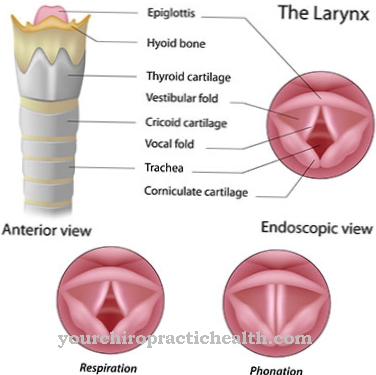

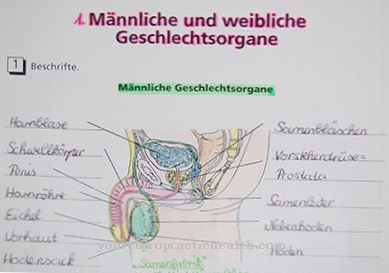

.jpg)


.jpg)





.jpg)






.jpg)

